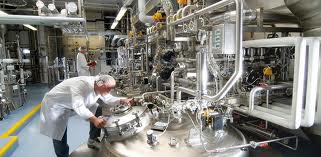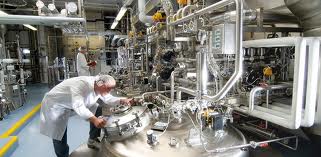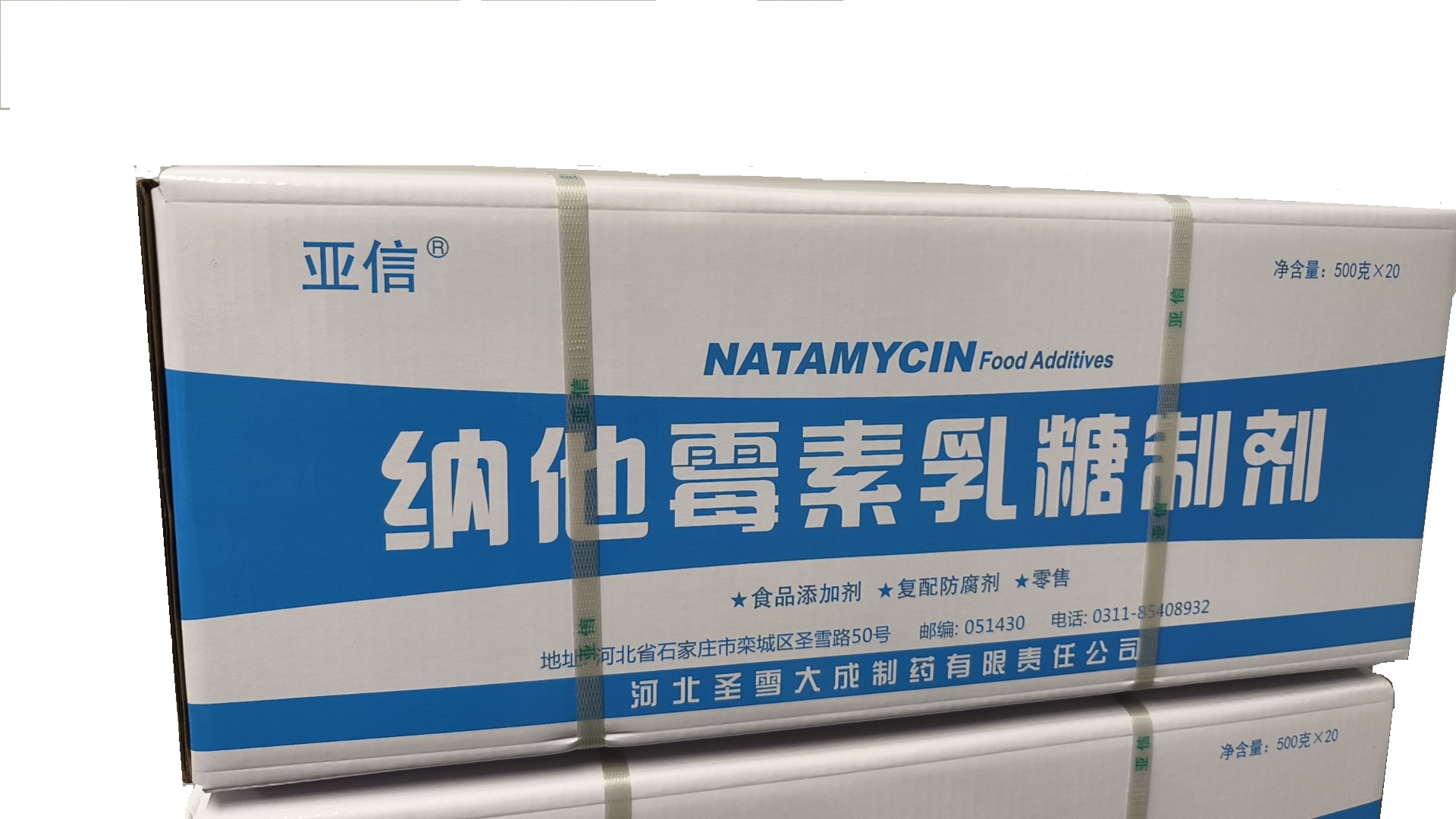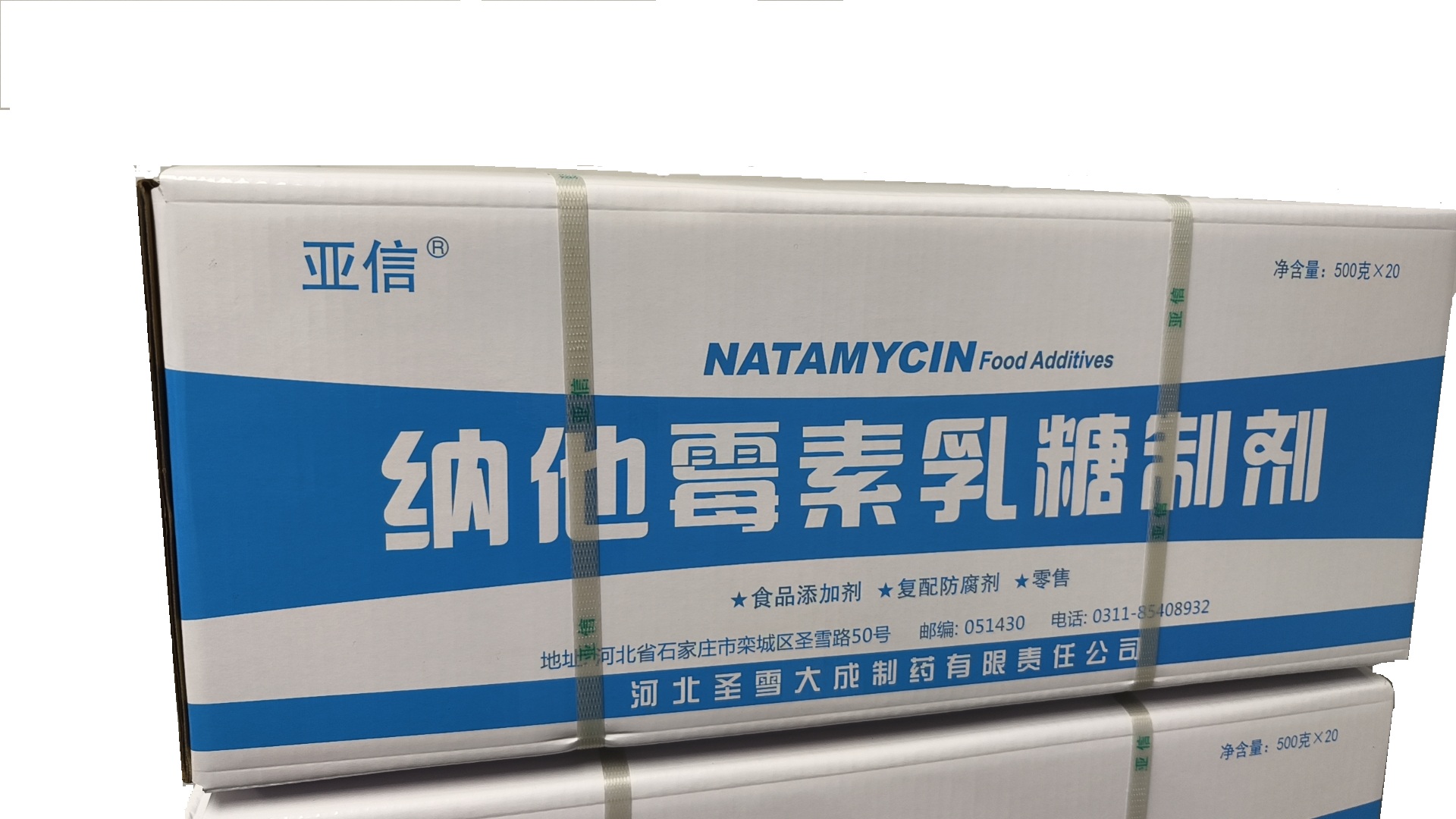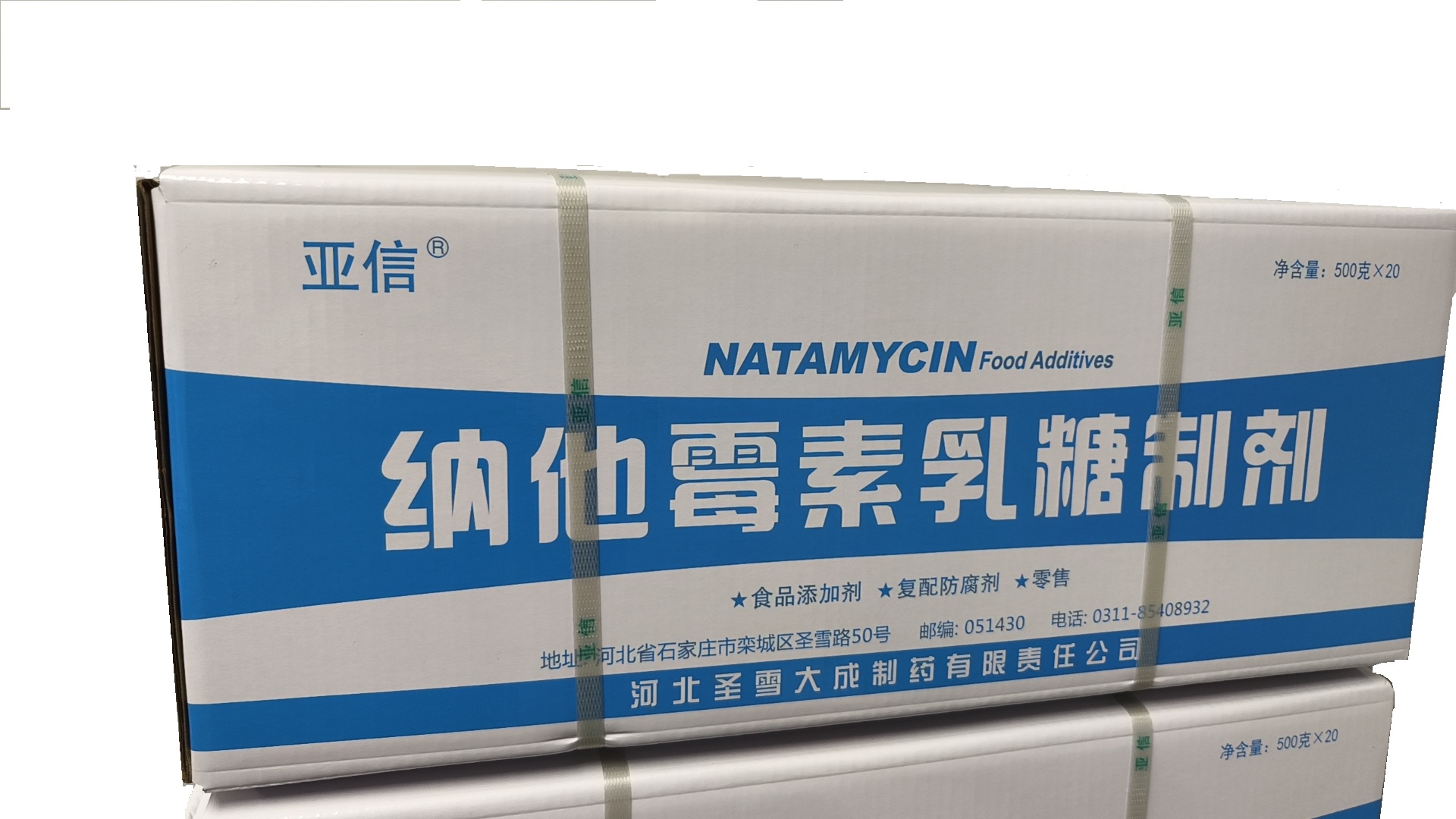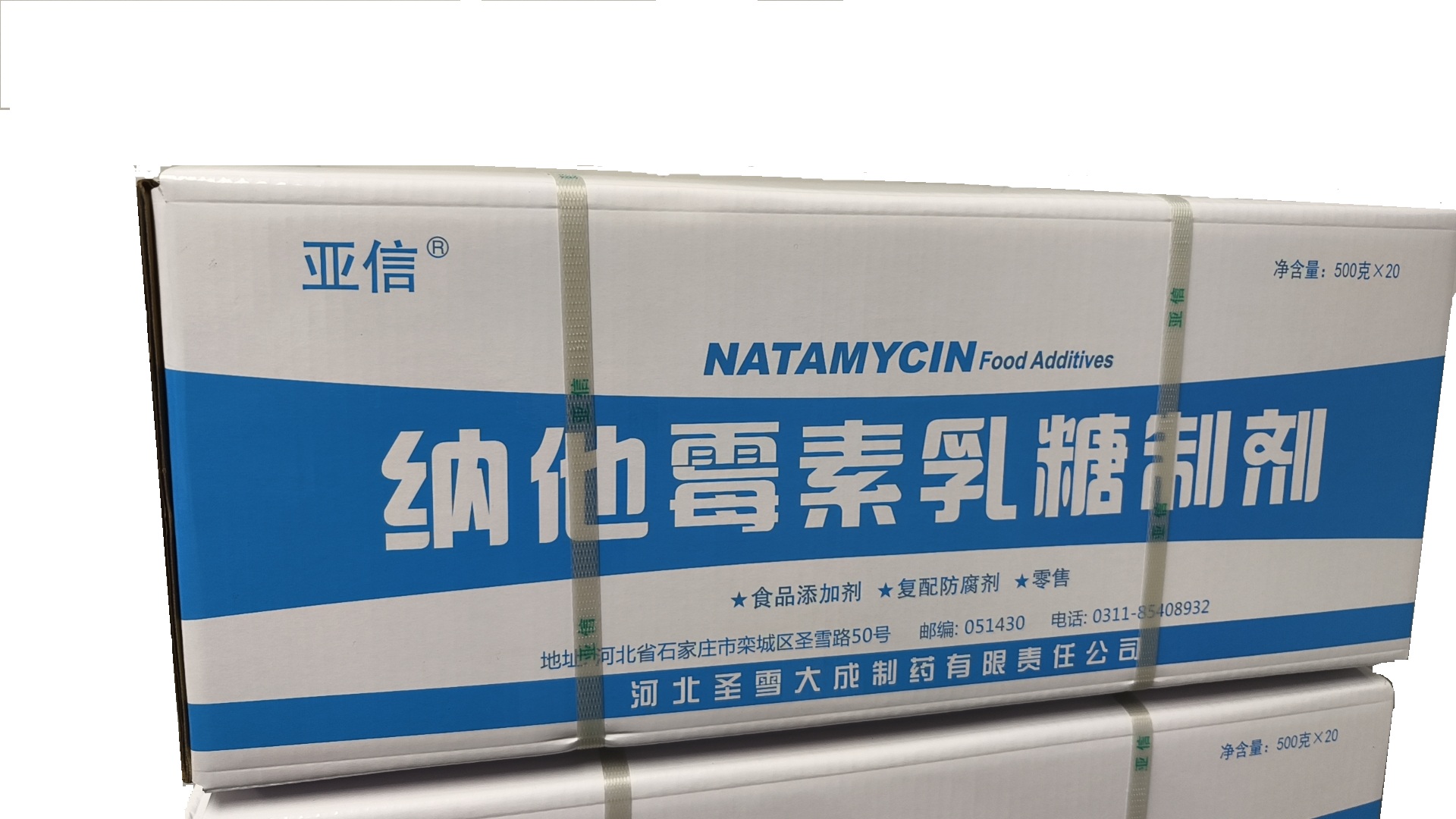Rifampicin
Rifampicin (INN) or rifampin (USAN) is a bactericidal antibiotic drug of the rifamycin group. It is a semisynthetic compound derived from Amycolatopsis rifamycinica (formerly known as Amycolatopsis mediterranei and Streptomyces mediterranei).Rifampicin may be abbreviated R, RMP, RA, RF, or RIF (US).
In 1957, a soil sample from a pine forest on the French Riviera was brought for analysis to the Lepetit Pharmaceuticals research lab in Milan, Italy. There, a research group headed by Prof. Piero Sensi (1920-) and Dr. Maria Teresa Timbal (1925 – 1969) discovered a new bacterium. This new species appeared immediately of great scientific interest since it was producing a new class of molecules with antibiotic activity. Because Sensi, Timbal and the researchers were particularly fond of the French crime story Rififi (about a jewel heist and rival gangs), they decided to call these compounds “rifamycins”. After two years of attempts to obtain more stable semi-synthetic products, a new molecule with high efficacy and good tolerability was produced in 1959 and was named “rifampicin”.
Rifampicin is also known as rifaldazine, R/AMP, rofact (in Canada), and rifampin in the United States. There are various types of rifamycins from which this is derived, but the rifampicin form, with a 4-methyl-1-piperazinaminyl group, is by far the most clinically effective.
Rifampicin is an intensely red solid, and the small fraction which reaches body fluids is known for imparting a harmless red-orange color to the urine (and to a lesser extent, also sweat and tears) of users, for a few hours after a dose. Maximal concentrations in the blood are decreased by about a third when the antibiotic is taken with food.
Rifampicin is used in the treatment of a number of bacteria, but best known for activity against Mycobacterium strains, such as cause tuberculosis and Hansen’s Disease. Rifampicin can be used as monotherapy for a few days as prophylaxis against meningitis, but resistance develops quickly during long treatment of active infections, so the drug is always used against active infections in combination with other antibiotics.
Product name: Rifampicin (Rifampin)
CAS No. 13292-46-1
Chemical name: 3-{[(4-Methyl-1-piperazinyl)imino]-methyl}rifamycin
Molecular formula: C43H58N4O12
Molecular weight: 822.95
Applications: Antibiotics for the treatment of tuberculosis.
Appearance: A Reddish Brown to Brownish Red Crystalline powder.
Specification: BP/USP/EP.
Bulk Density: 0.3g/ml; 0.5g/ml; 0.7g/ml; 0.8g/ml
Standard Packaging: 5kgs/drum; 25kgs/drum; 25kgs/carton
Indications
Rifampicin was introduced in 1967, as a major addition to the cocktail-drug treatment of tuberculosis and inactive meningitis, along with isoniazid, ethambutol, pyrazinamide and streptomycin. It requires a prescription in North America. It must be administered regularly daily for several months without break; otherwise, the risk of drug-resistant tuberculosis is greatly increased. In fact, this is the primary reason that it is used in tandem with the three aforementioned drugs, particularly isoniazid. This is also the primary motivation behind directly observed therapy for tuberculosis.
Rifampicin resistance develops quickly during treatment and rifampicin monotherapy should not be used to treat these infections — it should be used in combination with other antibiotics.
Rifampicin is also used in the treatment of cholestatic pruritus.
Mycobacteria
Rifampicin is typically used to treat Mycobacterium infections, including tuberculosis and Hansen’s Disease. It can be used to treat BCG-oma, which follows as an uncommon complication of BCG vaccination for tuberculosis.
With multidrug therapy used as the standard treatment of Hansen’s Disease, rifampicin is always used in combination with dapsone and clofazimine to avoid eliciting drug resistance.
Other bacteria
Rifampicin also has a role in the treatment of methicillin-resistant Staphylococcus aureus (MRSA) in combination with fusidic acid, although recent inquiries have raised questions over the lack of studies into the efficacy of this treatment. It is used in prophylactic therapy against Neisseria meningitidis (meningococcal) infection.
It is also used to treat infection by Listeria species, Neisseria gonorrhoeae, Haemophilus influenzae and Legionella pneumophila. For these non-standard indications, sensitivity testing should be done (if possible) before starting rifampicin therapy.
The Enterobacteriaceae, Acinetobacter, and Pseudomonas species are intrinsically resistant to rifampicin.
Further, it has been used with amphotericin B in largely unsuccessful attempts to treat primary amoebic meningoencephalitis caused by Naegleria fowleri.
Virus
Rifampicin has some effectiveness against vaccinia virus.
Mechanism of action
Rifampicin inhibits DNA-dependent RNA polymerase in bacterial cells by binding its beta-subunit, thus preventing transcription to RNA and subsequent translation to proteins. Its lipophilic nature makes it a good candidate to treat the meningitis form of tuberculosis, which requires distribution to the central nervous system and penetration through the blood-brain barrier.
Rifampicin acts directly on messenger RNA synthesis. It inhibits only prokaryotic DNA-primed RNA polymerase, especially those that are Gram-stain-positive and Mycobacterium tuberculosis. Much of this acid-fast positive bacteria’s membrane is mycolic acid complexed with peptidoglycan, which allows easy movement of the drug into the cell. Evidence shows that in vitro DNA treated with concentrations 5000 times higher than normal dosage remained unaffected; in vivo eukaryotic specimens’ RNA and DNA polymerases suffered few problems as well. Rifampicin interacts with the β subunit of RNA polymerase when it is in an α2β trimer. This halts mRNA transcription, therefore preventing translation of polypeptides. It should be made clear, however, that it cannot stop the elongation of mRNA once binding to the template-strand of DNA has been initiated. The Rifampin-RNA polymerase complex is extremely stable and yet experiments have shown that this is not due to any form of covalent linkage. It is hypothesized that hydrogen bonds and π-π bond interactions between naphthoquinone and the aromatic amino acids are the major stabilizers, though this requires the oxidation of naphthohydroquinone which is found most commonly in rifampicin. It is this last hypothesis that explains the explosion of multi-drug-resistant bacteria: mutations in the rpoB gene that replace phenylalanine, tryptophan, and tyrosine with non-aromatic amino acids result in poor bonding between rifampicin and the RNA polymerase.
Rifampicin-resistant bacteria produce RNA Polymerases with subtly different β subunit structures which are not readily inhibited by the drug. In molecular biology research, plasmids containing rifampicin-resistant genes are often used for colony screening. Many plasmids containing these resistant genes are commercially available to researchers.
Send product request
Other supplier products
| Rifampicin | Rifampicin (INN) or rifampin (USAN) is a bactericidal antibiotic drug of the rifamycin group. It is a semisynthetic compound derived from Amycolato... | |
| Rifamycin S | The rifamycins are a group of antibiotics that are synthesized either naturally by the bacterium Amycolatopsis mediterranei or artificially. They a... |
Same products
| Natamycin,Transport Precautions | Seller: Hebei Shengxue Dacheng Pharmaceutical Co., Ltd. | Natamycin, being a sensitive and specialized compound, requires careful handling and storage duri... | |
| Natamycin In cartons | Seller: Hebei Shengxue Dacheng Pharmaceutical Co., Ltd. | Applications ·Food Preservation: Natamycin is used as a preservative in the food industry ... | |
| Natamycin | Seller: Hebei Shengxue Dacheng Pharmaceutical Co., Ltd. | Chemical Properties ·Natamycin has a polyene planar macrolide structure. The conjugated do... | |
| Natamycin Packed in boxes | Seller: Hebei Shengxue Dacheng Pharmaceutical Co., Ltd. | ·Appearance: Natamycin is a near-white or cream-yellow crystalline powder, odorless and ta... | |
| Natamycin 7681-93-8 | Seller: Hebei Shengxue Dacheng Pharmaceutical Co., Ltd. | Basic Properties Product Name: Natamycin CAS Number: 7681-93-8 Molecular Formula: C33H47NO13 Mole... |









